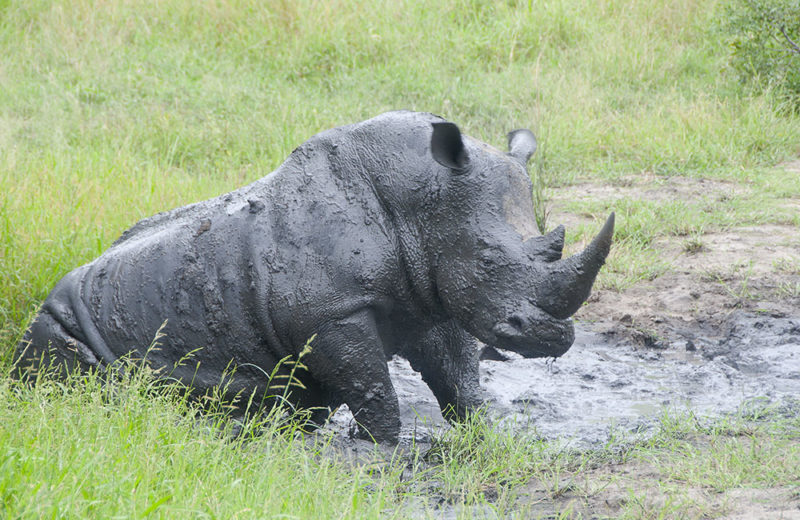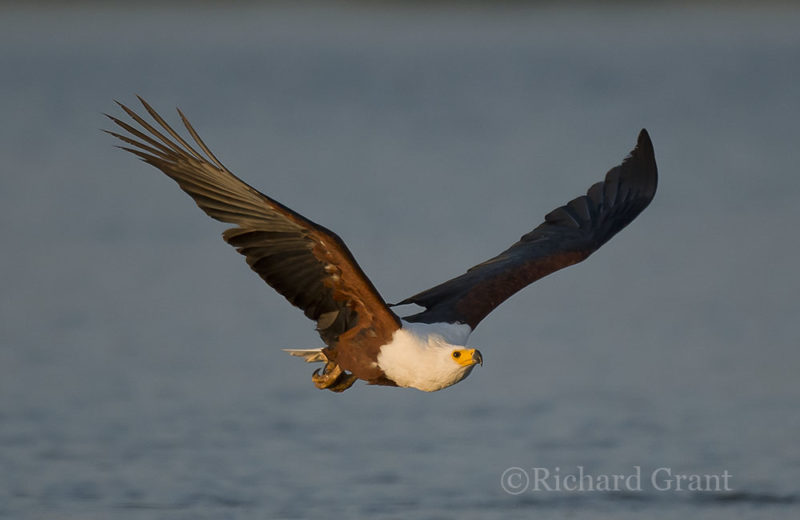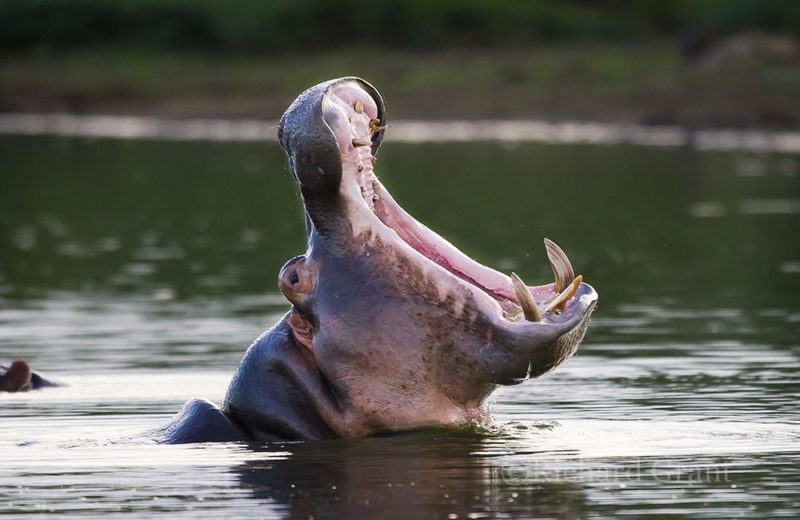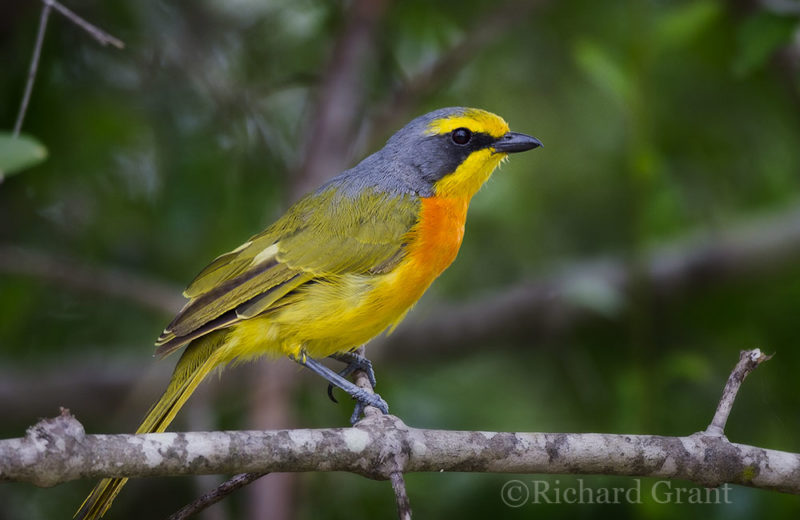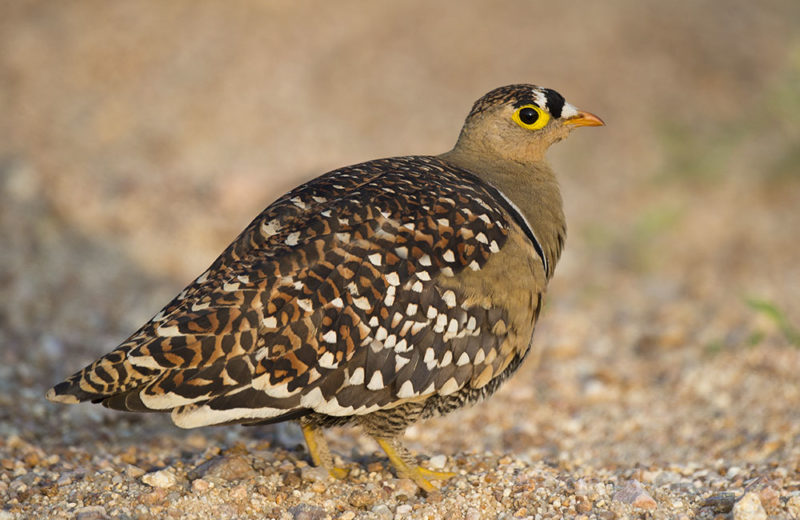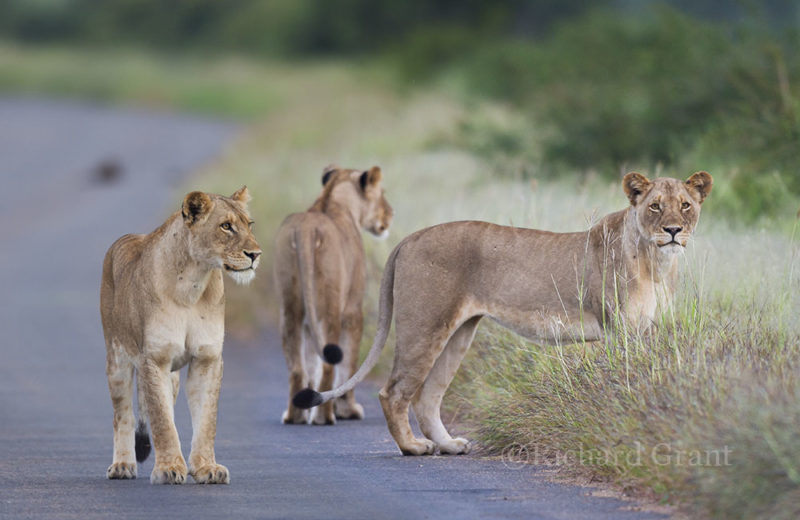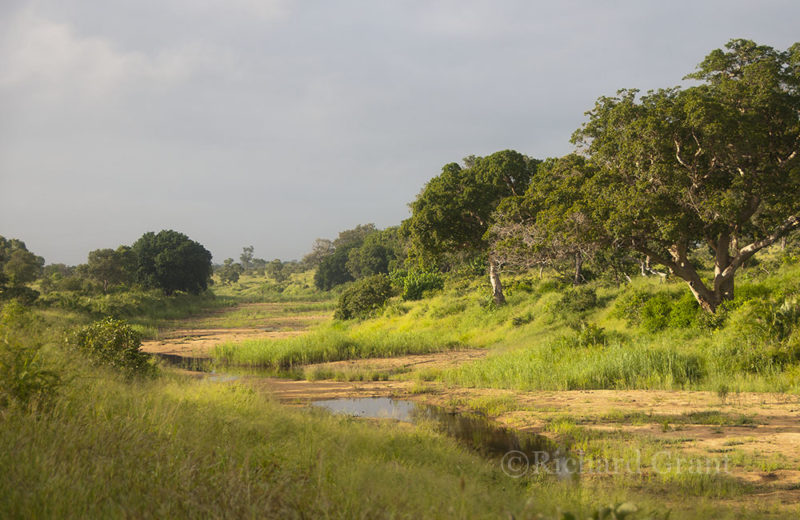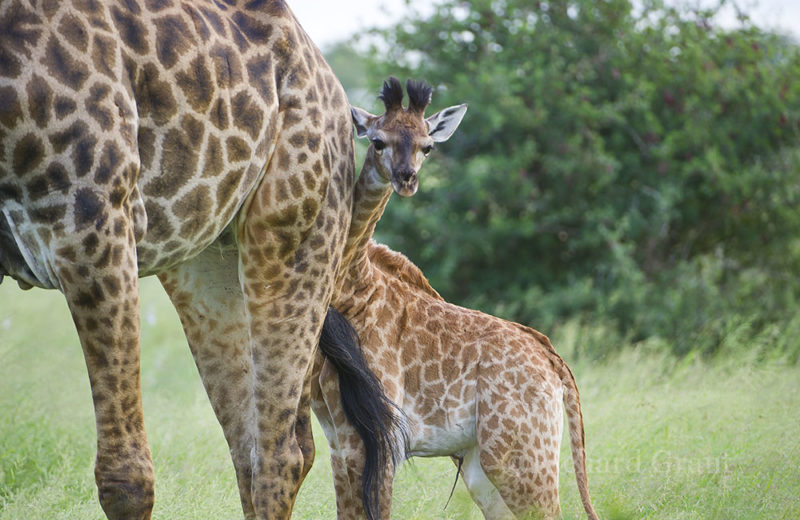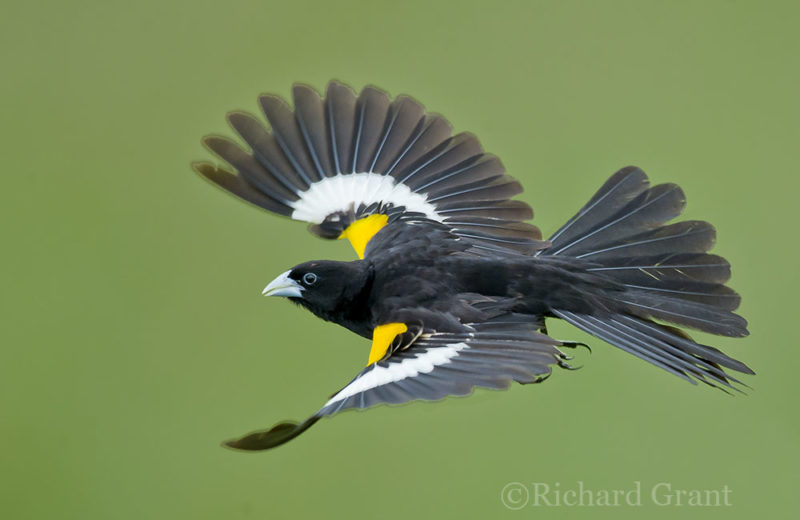Tuesday, 12th March
First out the gate again at 5.30am and despite the popularity of the road, I am trying the S100, S41 northward and then back to camp from Gudzani East. Under a partly cloudy sky, I turn onto the gravel road and begin a steady 25kph dawdle. It is an exercise in futility as immediately a tourist bakkie comes flying past in a cloud of dust scattering any would be leopard on the road. I stop at the windmill to enjoy the sight of the sun slipping over the horizon – something that never pales.
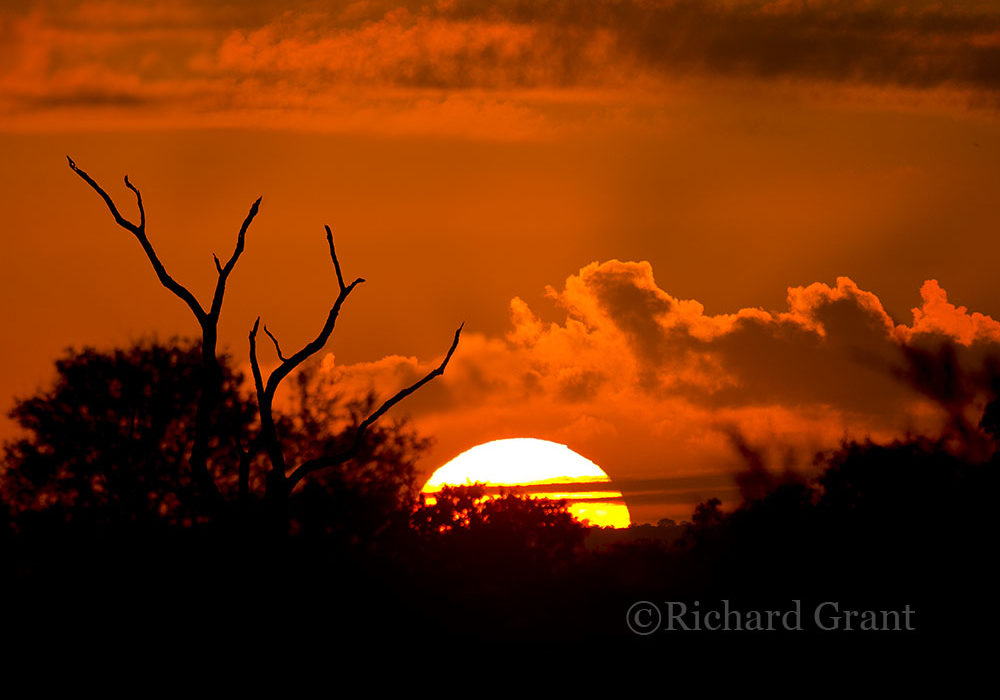
With cars regularly speeding by, I can still soak up the beauty of those first sun rays catching the fluffy tops of the grasses. I turn along the S41 heading northward but unusually the road is busy today and all thoughts of meeting a leopard fade.
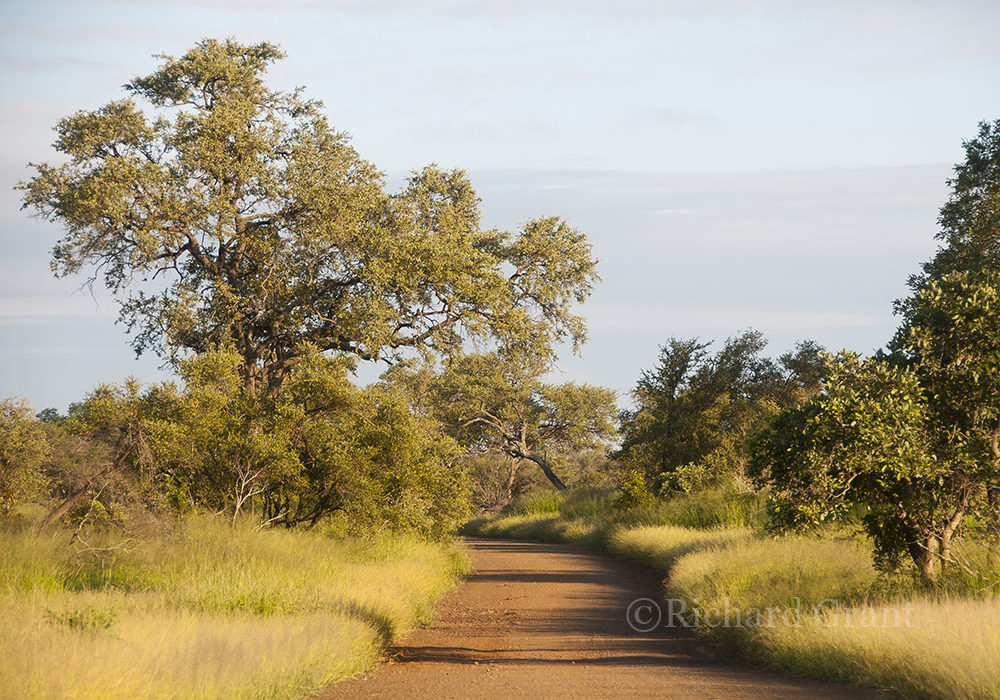

I turn my attention to the smaller things. Some way past the Gudzani East windmill I come across a nesting colony of Red-billed Quelea which stretches for kilometers.
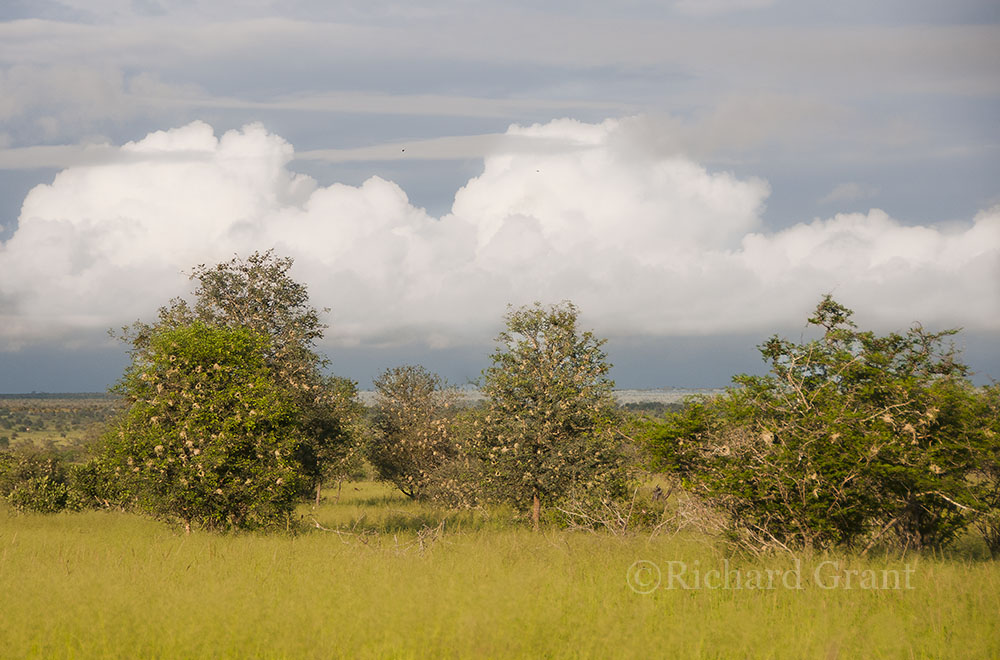
Every bush is festooned with untidy weaver type nests that the quelea are busy building amidst a collective screeching and chattering noise that can be heard from afar. The nests are rather like garden swing seats which must make it easy for the predators.
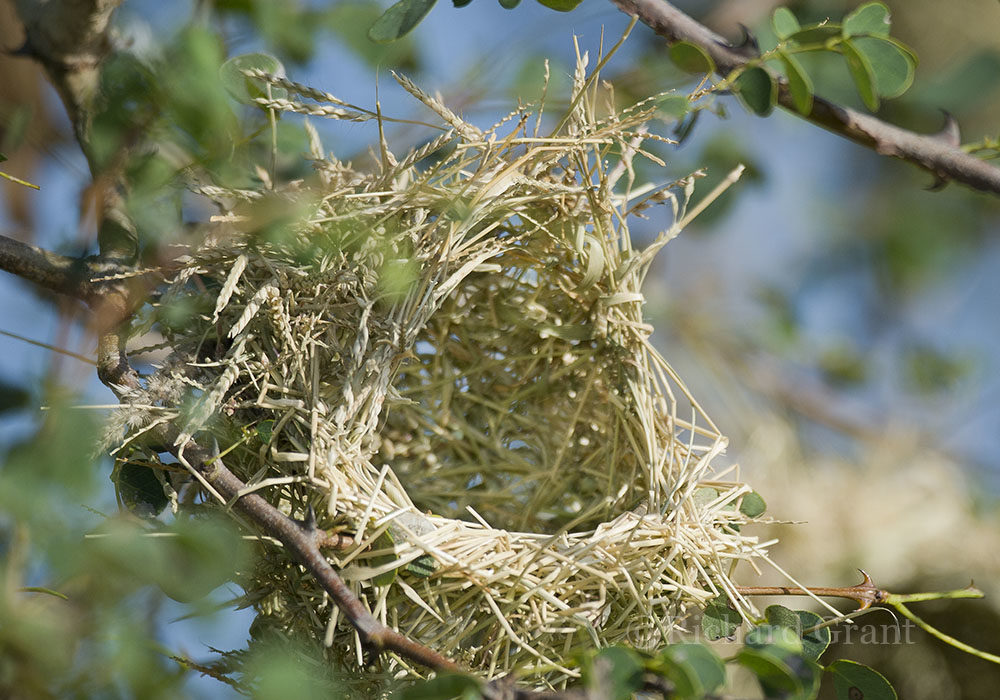
I should imagine that having fed well in the rich grasslands it will not be long before eggs are laid, hatched and then the amazing spectacle of predator birds feeding on the fledglings occurs. I do hope that we are back at Satara in time for that.
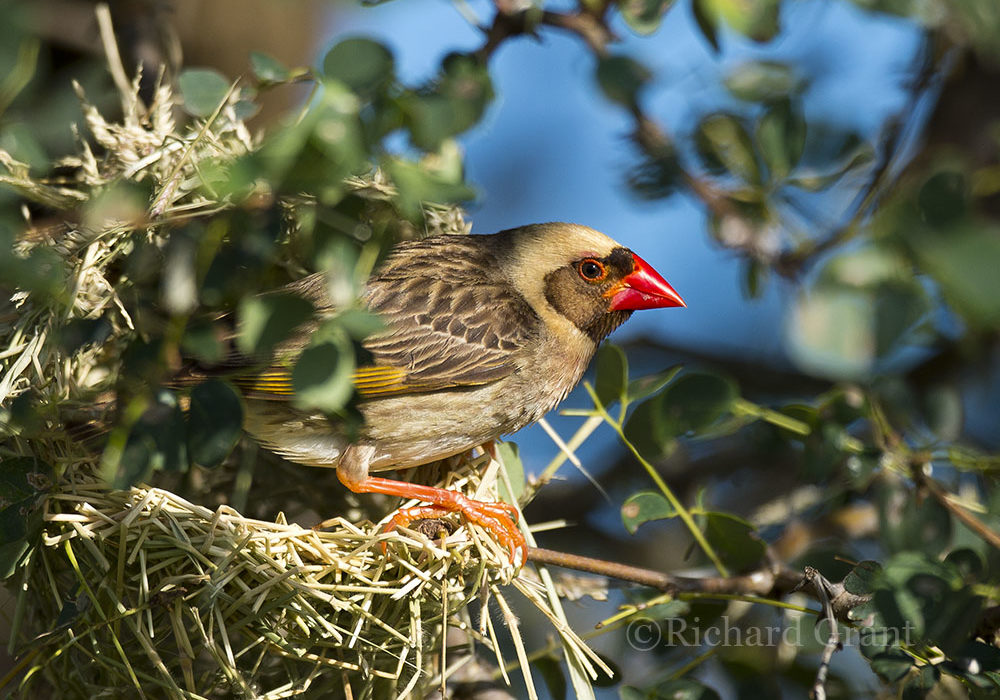
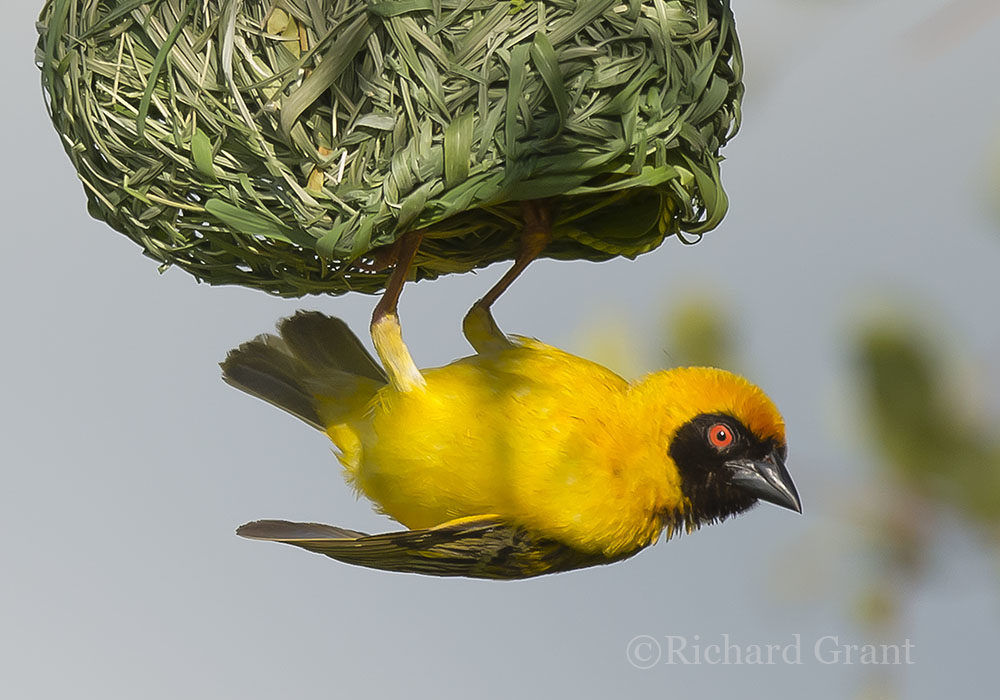
I am afraid that for you readers this must sound like a rather dull morning but I can assure you that if you were there to experience the magical bushveld sunrise and then the little incidents of interest that are constantly being played out, then you, like me, would return to camp very satisfied.
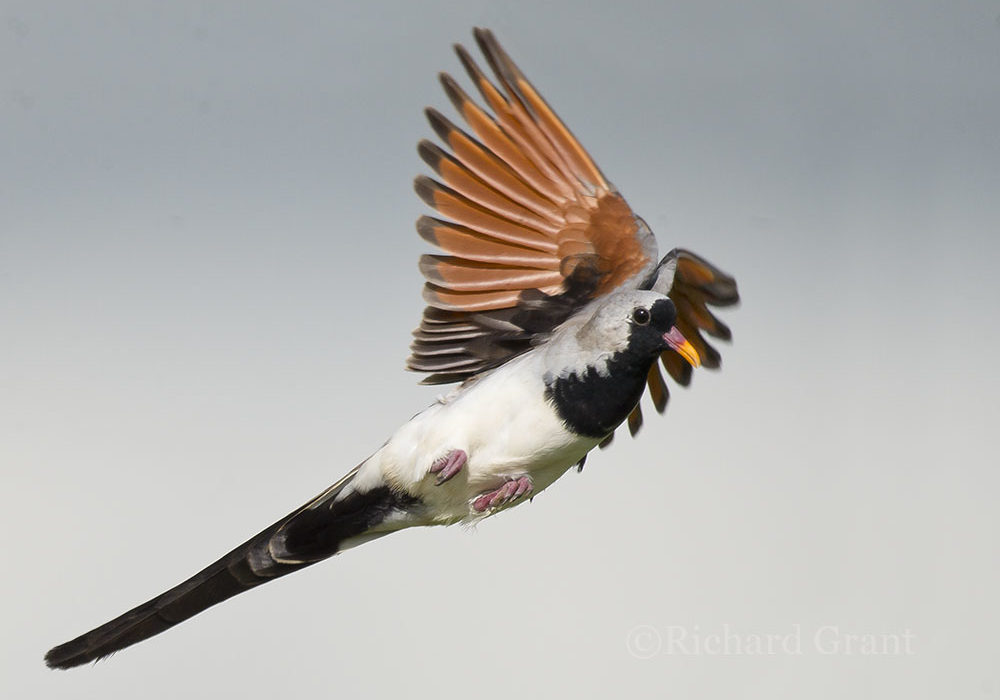
Incidentally, this is for those of you who may not know how Satara got its name. About five Km’s north of the camp is a high point on which was erected a survey beacon during the early times of the Park. The surveyor responsible cast about for a name for the beacon and then asked his Indian assistant where he came from in India – to which he replied “Satara”. And Satara it became, originating not from the locals but from India.
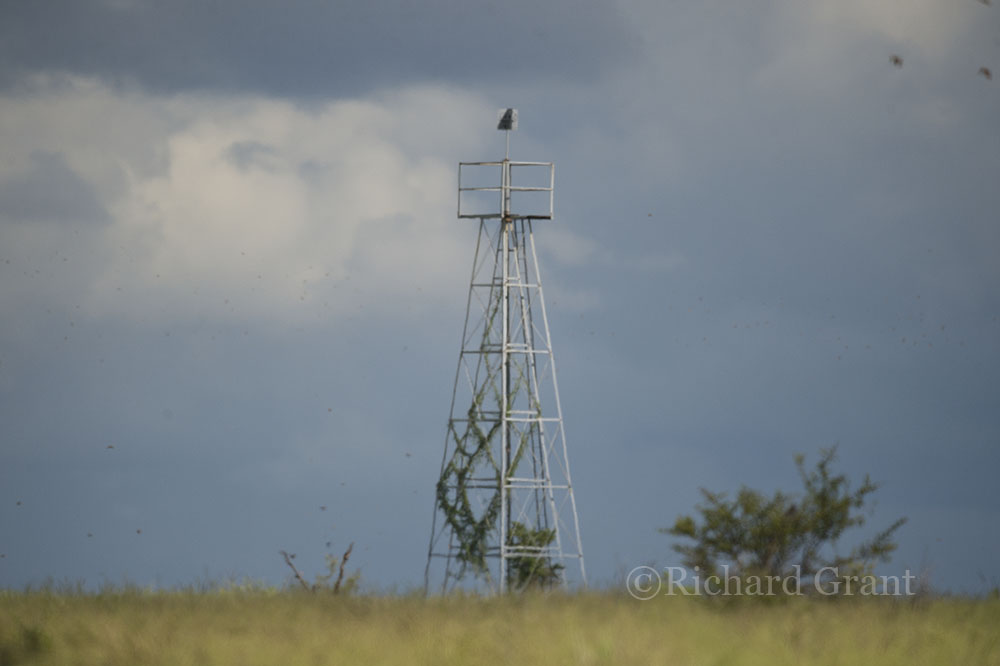
The weather forecast has it perfectly correct as a light shower of rain falls at midday. With the sky overcast and the weather cool, I set out early for my last afternoon at Satara. I head north along the main H1-4 road with my destination the north-eastern end of the Timbavati river. It proves to be a mistake.
Past the now also breached and empty Ngotso Dam the veld becomes really dry and by the time I get onto the S39 Timbavati gravel road it is positively drought stricken.
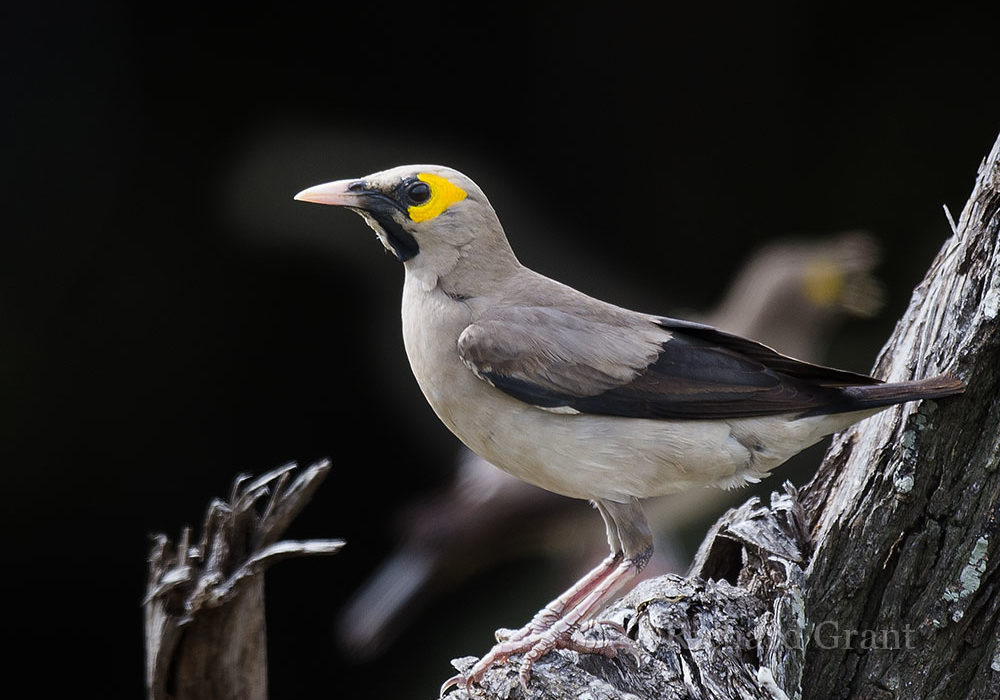
I cut across from the Picnic Spot towards the Nsemane Dam along the S40 and the veld immediately greens up and the grass lengthens. Approaching the end of the road at Nsemane Dam, I come across a powerful lioness which is intently eyeing a small group of zebra.
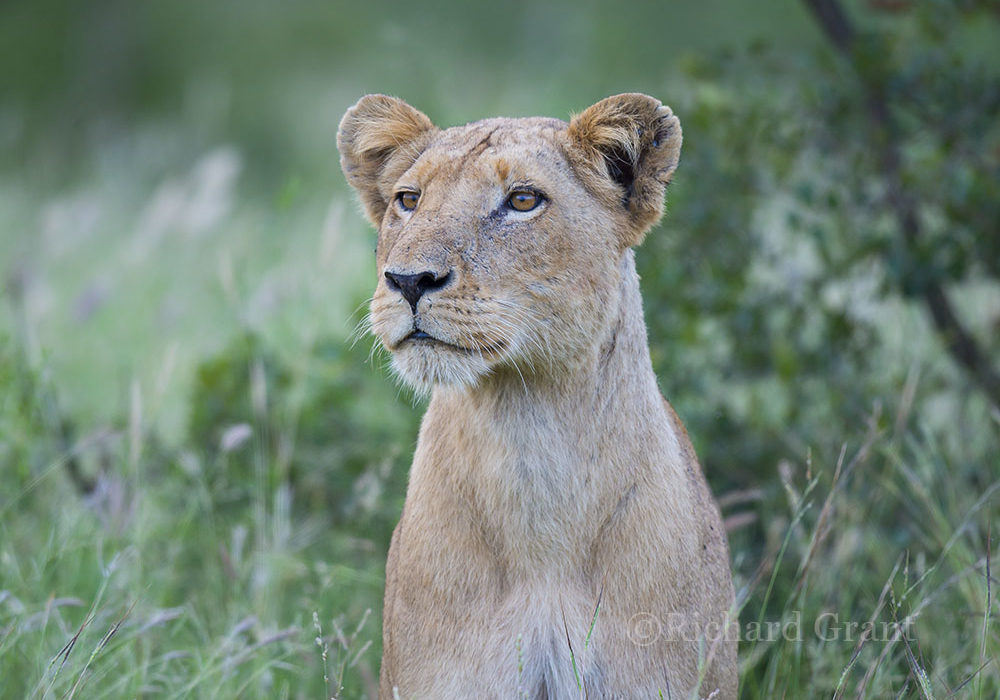
Close by I discover nine cubs in the grass all gazing at the lioness willing her to provide dinner.

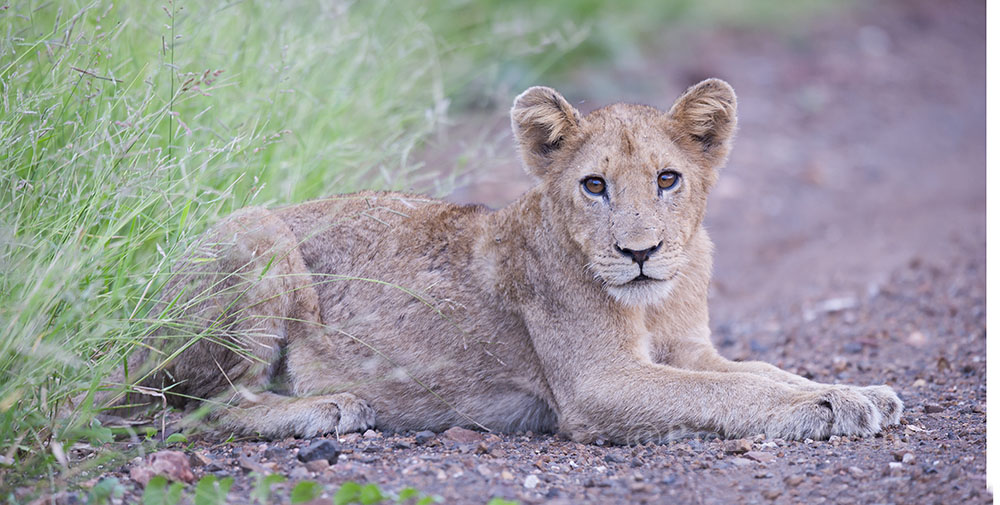
Unfortunately, it is 5.45pm and I must hurry back to camp before the gates close so I do not see the outcome of the hunt which no doubt involved a lot more than the one adult.
I need not have hurried. A big, truculent ellie blocks the road near camp and I end up passing through the gates 15 minutes late anyway. Maybe not spectacular but a thoroughly absorbing day.


